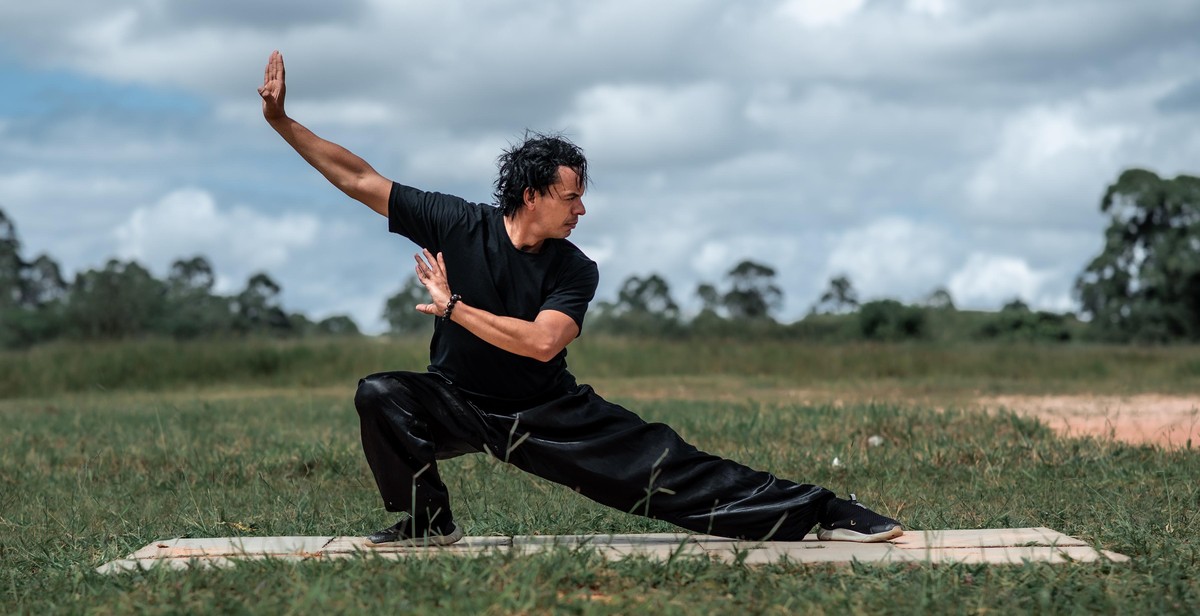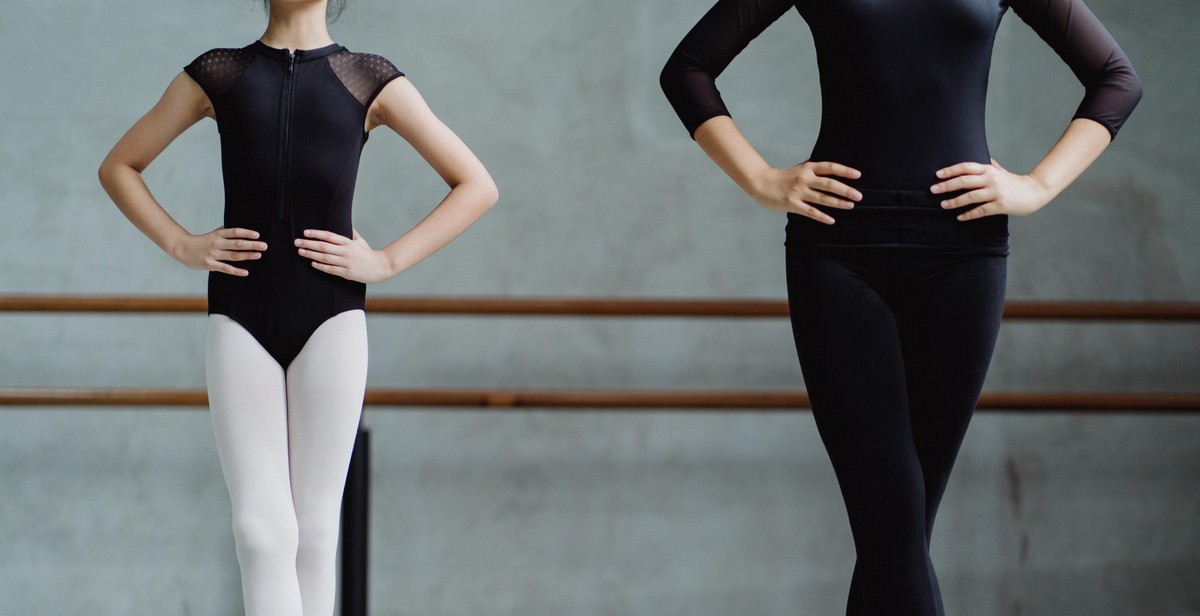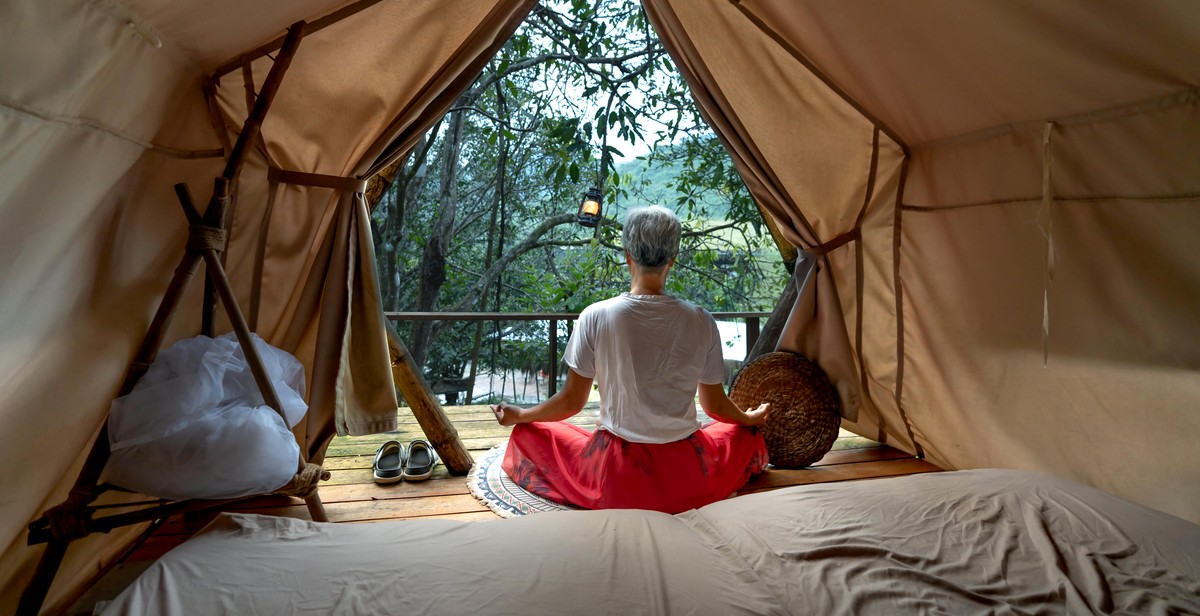How to Improve Balance and Coordination with Tai Chi
Tai Chi is a traditional Chinese martial art that has become increasingly popular worldwide as a form of exercise for improving balance and coordination. It involves slow, flowing movements that are gentle on the joints and can be practiced by people of all ages and fitness levels.
The Benefits of Tai Chi for Balance and Coordination
Tai Chi has been shown to improve balance and coordination in a variety of populations, including older adults, individuals with Parkinson’s disease, and those recovering from a stroke. The slow, controlled movements help to strengthen the muscles, improve joint flexibility, and enhance proprioception (the body’s ability to sense its position in space).
In addition to physical benefits, Tai Chi also has mental health benefits. It has been shown to reduce stress and anxiety, improve mood, and enhance cognitive function.
How to Get Started with Tai Chi
If you’re interested in trying Tai Chi to improve your balance and coordination, there are several options available. You can find local classes at community centers, gyms, or martial arts studios. There are also many online resources, including instructional videos and virtual classes.
When starting out, it’s important to find a qualified instructor who can guide you through the movements and ensure that you’re practicing safely and correctly. It’s also important to listen to your body and start slowly, gradually building up your practice over time.
Conclusion
Tai Chi is a gentle, low-impact form of exercise that can be highly effective for improving balance and coordination. Whether you’re looking to reduce your risk of falls, recover from an injury, or simply improve your overall health and well-being, Tai Chi is a great option to consider.

What is Tai Chi?
Tai Chi is a form of Chinese martial arts that is practiced for its health benefits, as well as for self-defense. It is also known as Tai Chi Chuan, which translates to “supreme ultimate fist.” Tai Chi is a low-impact exercise that involves slow and gentle movements, making it an ideal exercise for people of all ages and fitness levels.
History and Origins
Tai Chi originated in China over 400 years ago and has its roots in martial arts. Its creator, Zhang Sanfeng, was a Taoist monk who developed the practice to help his fellow monks improve their health and well-being. Over time, Tai Chi evolved into a form of exercise that is now practiced all over the world.
Tai Chi Styles
There are several different styles of Tai Chi, each with its own unique characteristics and movements. Some of the most popular styles include:
- Yang Style: This is the most commonly practiced style of Tai Chi and is known for its slow and graceful movements.
- Chen Style: This style is characterized by both slow and fast movements, as well as powerful bursts of energy.
- Wu Style: This style is known for its small and compact movements, making it ideal for people with limited space.
- Sun Style: This style combines elements of both Tai Chi and other martial arts, making it a more dynamic and energetic form of Tai Chi.
No matter which style you choose to practice, Tai Chi is a great way to improve your balance, coordination, flexibility, and overall health.

Benefits of Tai Chi
Tai Chi is a low-impact, slow-motion exercise that has numerous benefits for both physical and mental health. Here are some of the key benefits of practicing Tai Chi:
Improves Balance and Coordination
Tai Chi involves a series of slow, controlled movements that require balance and coordination. Regular practice of Tai Chi can help improve balance and prevent falls, especially in older adults. It can also help improve coordination and proprioception, which is the body’s ability to sense its own position in space.
Reduces Stress and Anxiety
Tai Chi is often referred to as “meditation in motion” because of its calming and relaxing effect on the mind and body. It has been shown to reduce stress and anxiety levels, lower blood pressure, and improve sleep quality. Tai Chi can also help improve mood and overall well-being.
Enhances Flexibility and Strength
Tai Chi involves gentle stretching and strengthening exercises that can help improve flexibility and muscle strength. It can also help improve joint mobility and reduce joint pain, making it a good exercise option for people with arthritis or other joint conditions.
Boosts Immune System
Tai Chi has been shown to have a positive effect on the immune system, helping to boost the body’s natural defenses against illness and disease. Regular practice of Tai Chi can help reduce inflammation, improve circulation, and increase the production of immune cells.
| Benefit | Description |
|---|---|
| Improves Balance and Coordination | Helps prevent falls and improve proprioception |
| Reduces Stress and Anxiety | Calms the mind and body, improves mood and overall well-being |
| Enhances Flexibility and Strength | Improves joint mobility, reduces joint pain, and strengthens muscles |
| Boosts Immune System | Reduces inflammation, improves circulation, and increases immune cell production |

How Tai Chi Improves Balance and Coordination
Tai Chi is a Chinese martial art that has been practiced for centuries. It involves slow, controlled movements that are designed to improve balance, coordination, and overall physical health. Tai Chi is based on the concept of the mind-body connection, which means that the mind and body are connected and work together to promote wellness.
Mind-Body Connection
One of the main principles of Tai Chi is the mind-body connection. This means that the movements are designed to be performed in a meditative state, where the mind is focused on the body and the sensations it is experiencing. This helps to improve body awareness and control, which in turn improves balance and coordination.
Slow and Controlled Movements
Tai Chi involves slow, controlled movements that are designed to be performed with precision and grace. This helps to improve balance and coordination by forcing the body to move in a deliberate and intentional way. By moving slowly, the body has time to adjust to changes in weight distribution and center of gravity, which is essential for maintaining balance.
Weight Shifting and Center of Gravity
Another key component of Tai Chi is weight shifting and center of gravity. Tai Chi movements require the practitioner to shift their weight from one foot to the other while maintaining a stable center of gravity. This helps to strengthen the muscles in the lower body, which are essential for maintaining balance and coordination.
Strengthening of the Lower Body
Tai Chi is particularly effective at strengthening the lower body, which is essential for maintaining balance and coordination. The slow, controlled movements help to build strength in the legs, hips, and core, which are all important for maintaining good balance. By strengthening these muscles, you can improve your overall coordination and reduce your risk of falls.
| Benefits | Description |
|---|---|
| Improved body awareness | Tai Chi helps to improve body awareness, which is essential for maintaining good balance and coordination. |
| Increased muscle strength | Tai Chi helps to strengthen the muscles in the lower body, which are essential for maintaining balance and coordination. |
| Improved flexibility | Tai Chi involves stretching and flexibility exercises, which can help to improve balance and coordination. |
| Reduced risk of falls | By improving balance and coordination, Tai Chi can help to reduce the risk of falls, particularly in older adults. |

Getting Started with Tai Chi
If you are interested in improving your balance and coordination with Tai Chi, the first step is to choose a Tai Chi style and instructor that suits your needs. There are several styles of Tai Chi, such as Chen, Yang, Wu, and Sun, each with its unique characteristics and benefits. It is recommended that beginners start with a simplified style, such as Yang or Sun, which focuses on gentle and flowing movements.
Choosing a Tai Chi Style and Instructor
When choosing a Tai Chi instructor, consider their experience, certification, and teaching style. Look for an instructor who has a solid background in Tai Chi and has received certification from a reputable organization. It is also essential to find an instructor who can provide clear and concise instructions and can adjust the movements to fit your individual needs and abilities.
Warming Up and Cooling Down
Before starting your Tai Chi practice, it is essential to warm up your muscles and joints to prevent injury. You can do some light stretching or gentle exercises to warm up your body. After your Tai Chi practice, it is also recommended to cool down with some stretching or relaxation exercises to help your body recover.
Basic Tai Chi Movements
Once you have chosen a style and instructor, it’s time to start learning the basic Tai Chi movements. These movements are typically performed slowly and gracefully, with a focus on breathing and body alignment. Some basic Tai Chi movements include:
- Commencing Form
- Ward Off
- Roll Back
- Press
- Push
It is essential to practice these movements regularly to gain the full benefits of Tai Chi. Over time, you can add more complex movements to your practice and improve your balance, coordination, and overall health.

Conclusion
Tai Chi is a low-impact exercise that can help improve balance and coordination in people of all ages and fitness levels. It combines slow, flowing movements with deep breathing and relaxation techniques to promote physical and mental well-being.
Research has shown that regular practice of Tai Chi can help reduce the risk of falls in older adults, improve postural control and balance, and enhance cognitive function. It can also help alleviate stress, anxiety, and depression.
When starting Tai Chi, it is important to find a qualified instructor who can teach you the proper techniques and ensure that you are performing the movements correctly. It is also important to wear comfortable clothing and shoes that allow for ease of movement.
As with any exercise program, it is important to listen to your body and not push yourself too hard. Start with a few minutes of practice each day and gradually increase the duration and intensity as you become more comfortable with the movements.
Incorporating Tai Chi into your daily routine can have numerous benefits for your physical and mental health. So why not give it a try and see how it can improve your balance and coordination?
